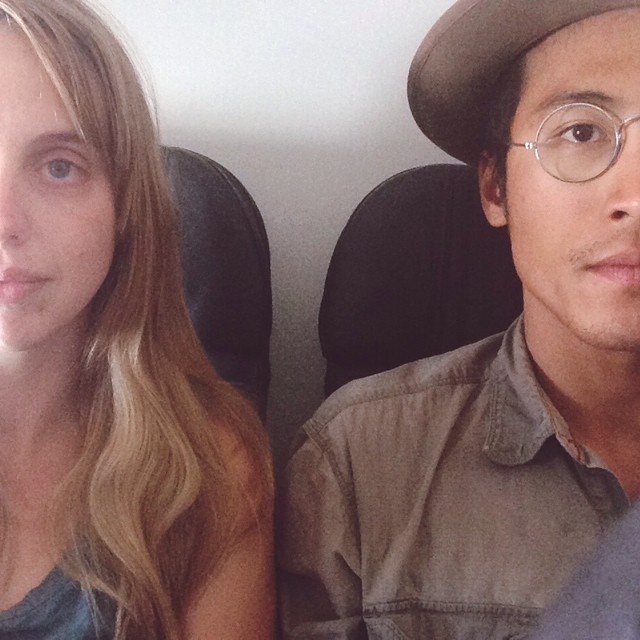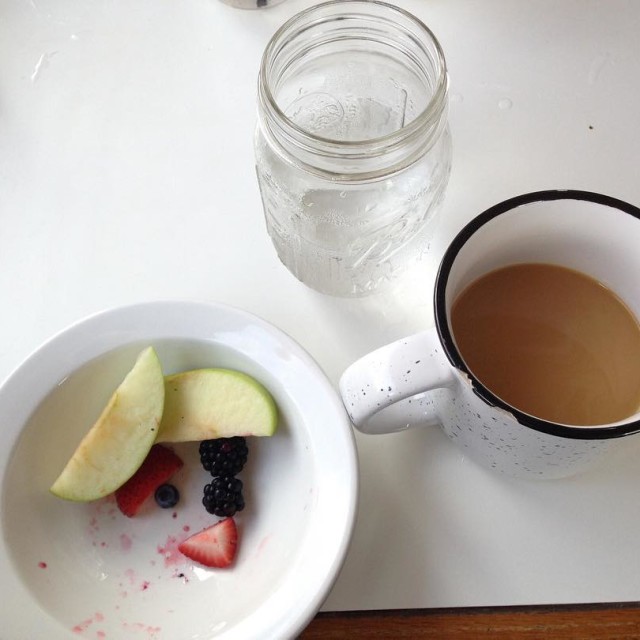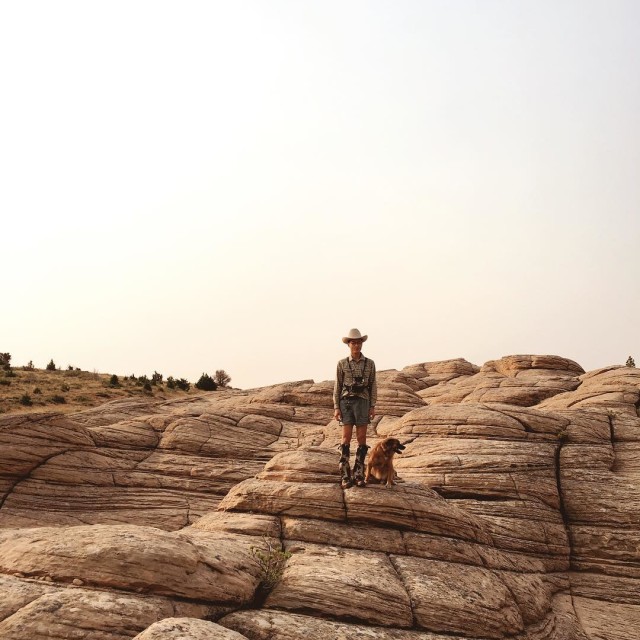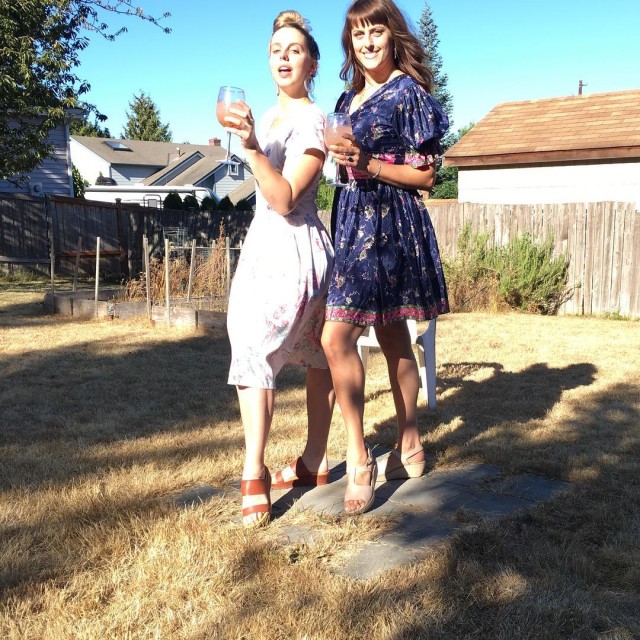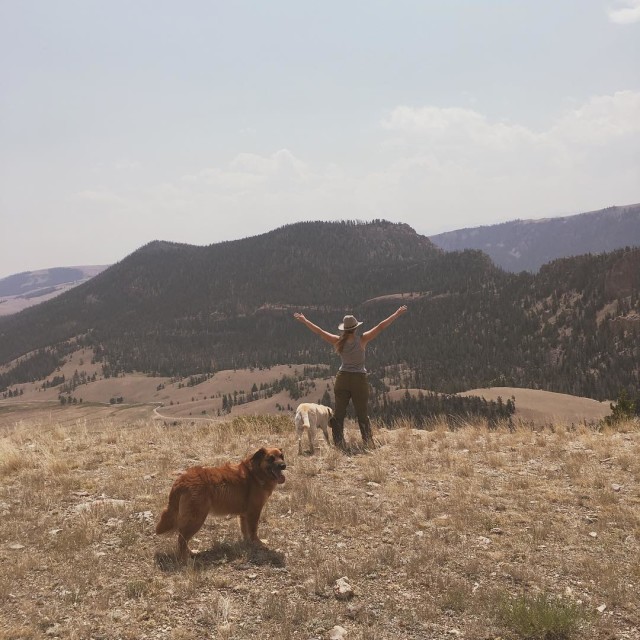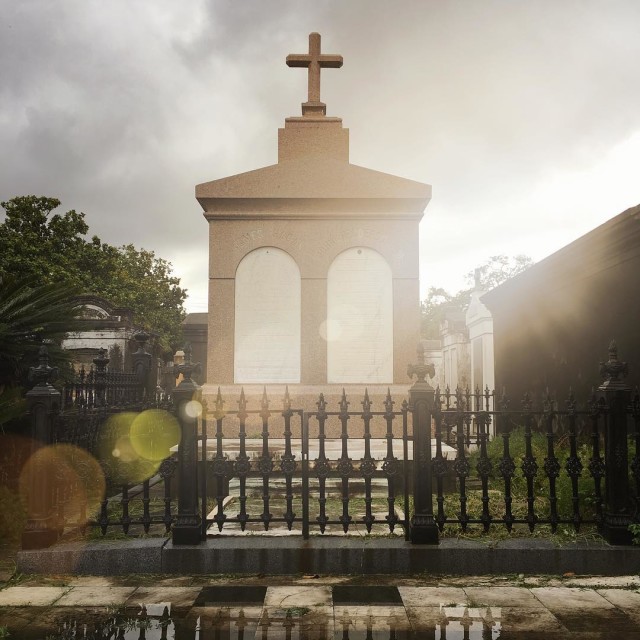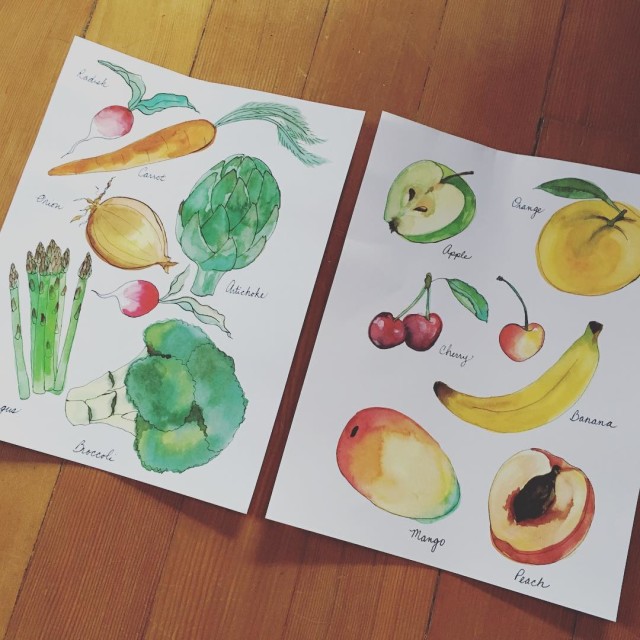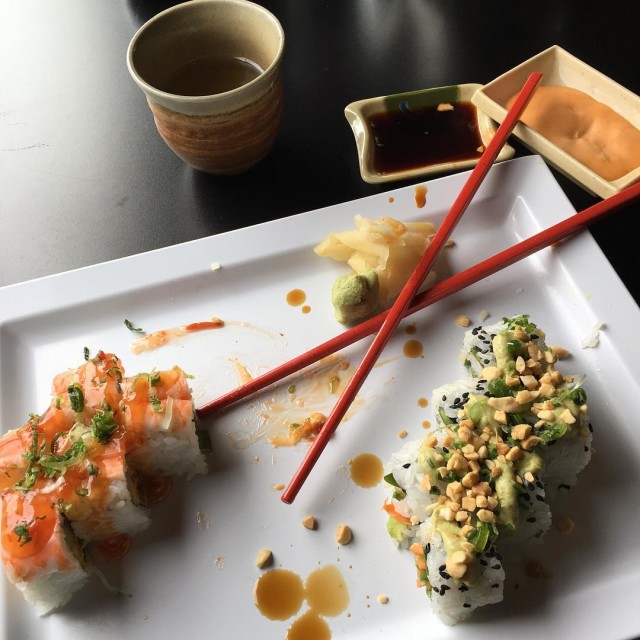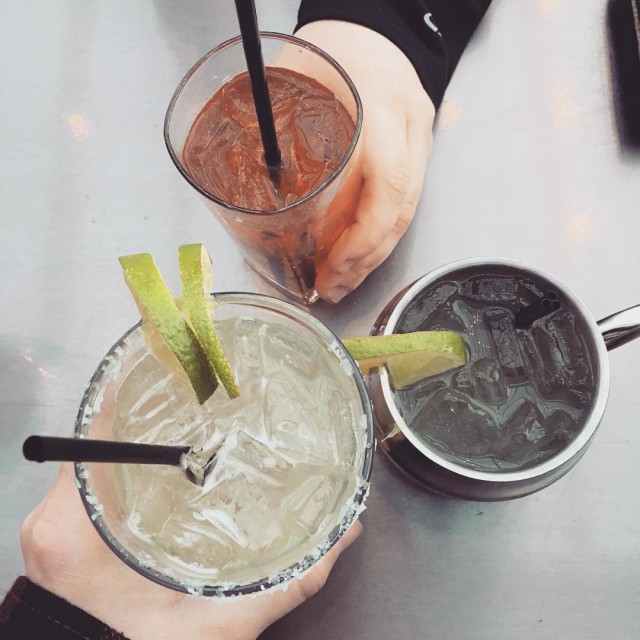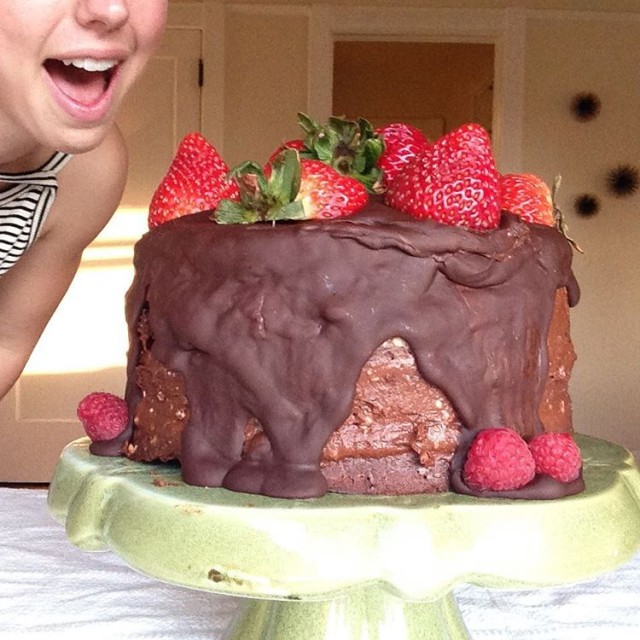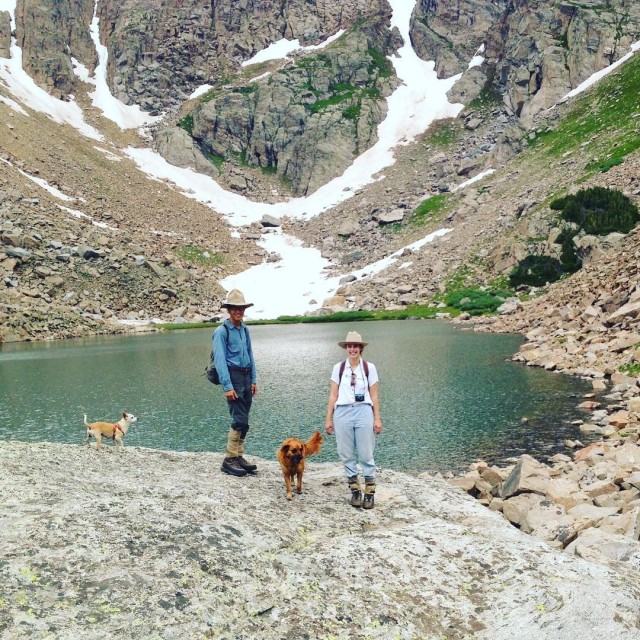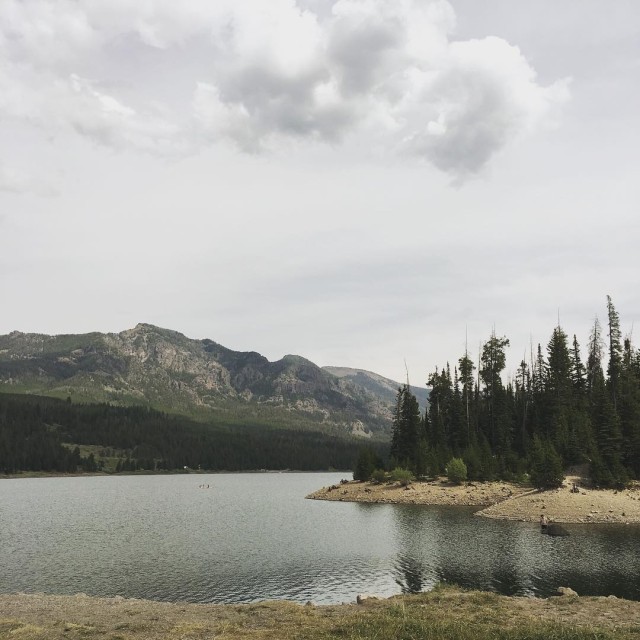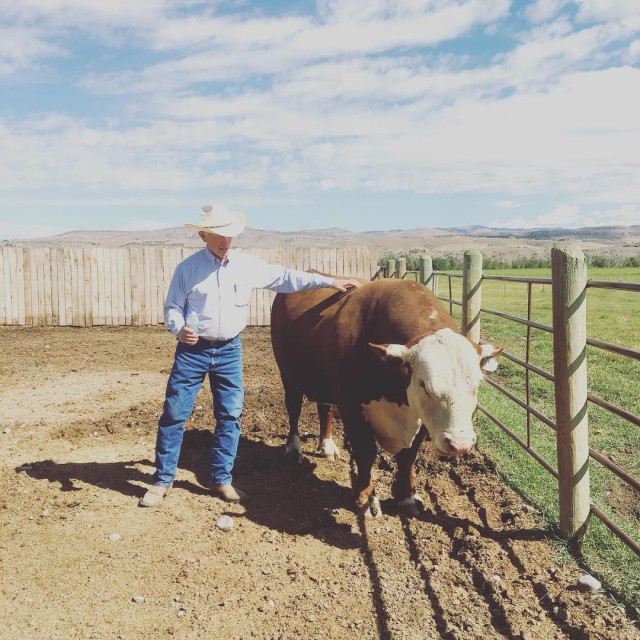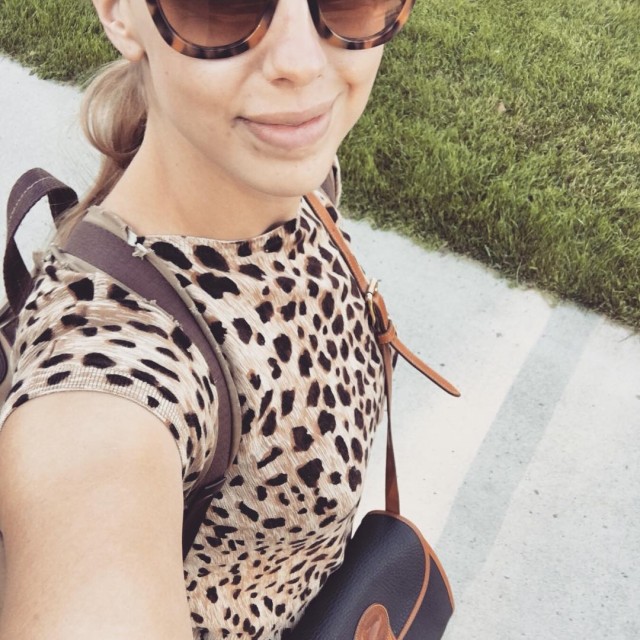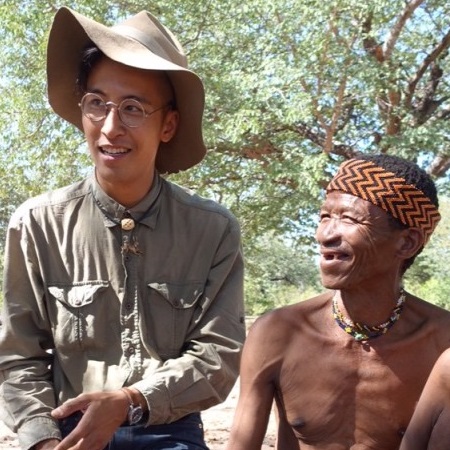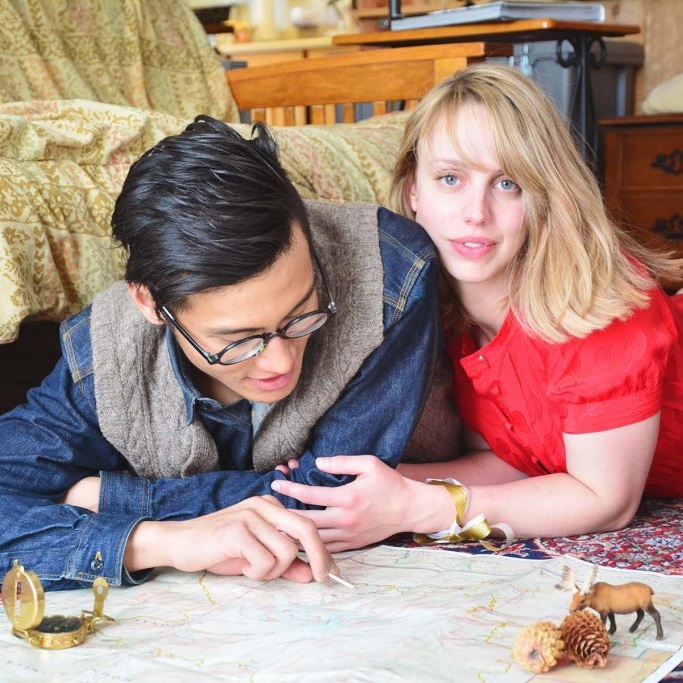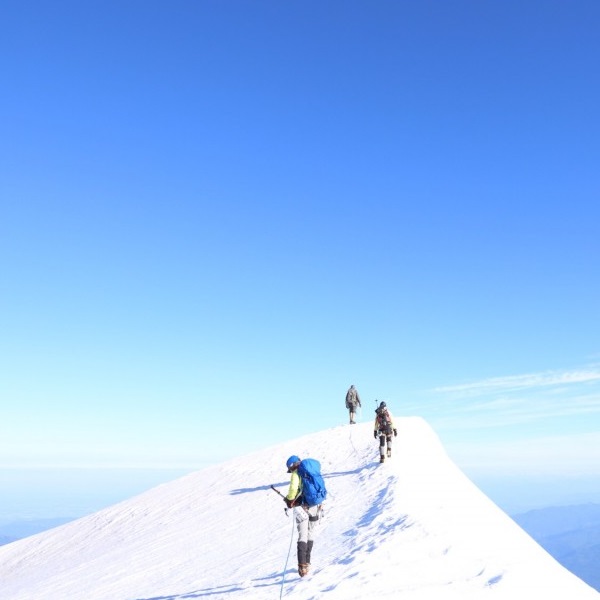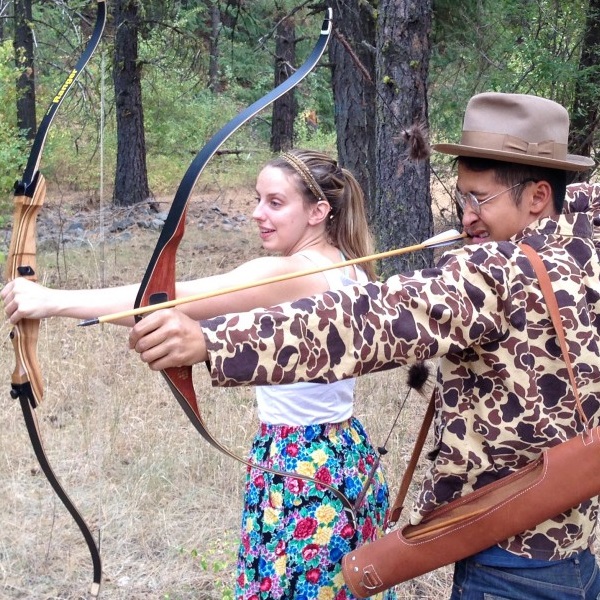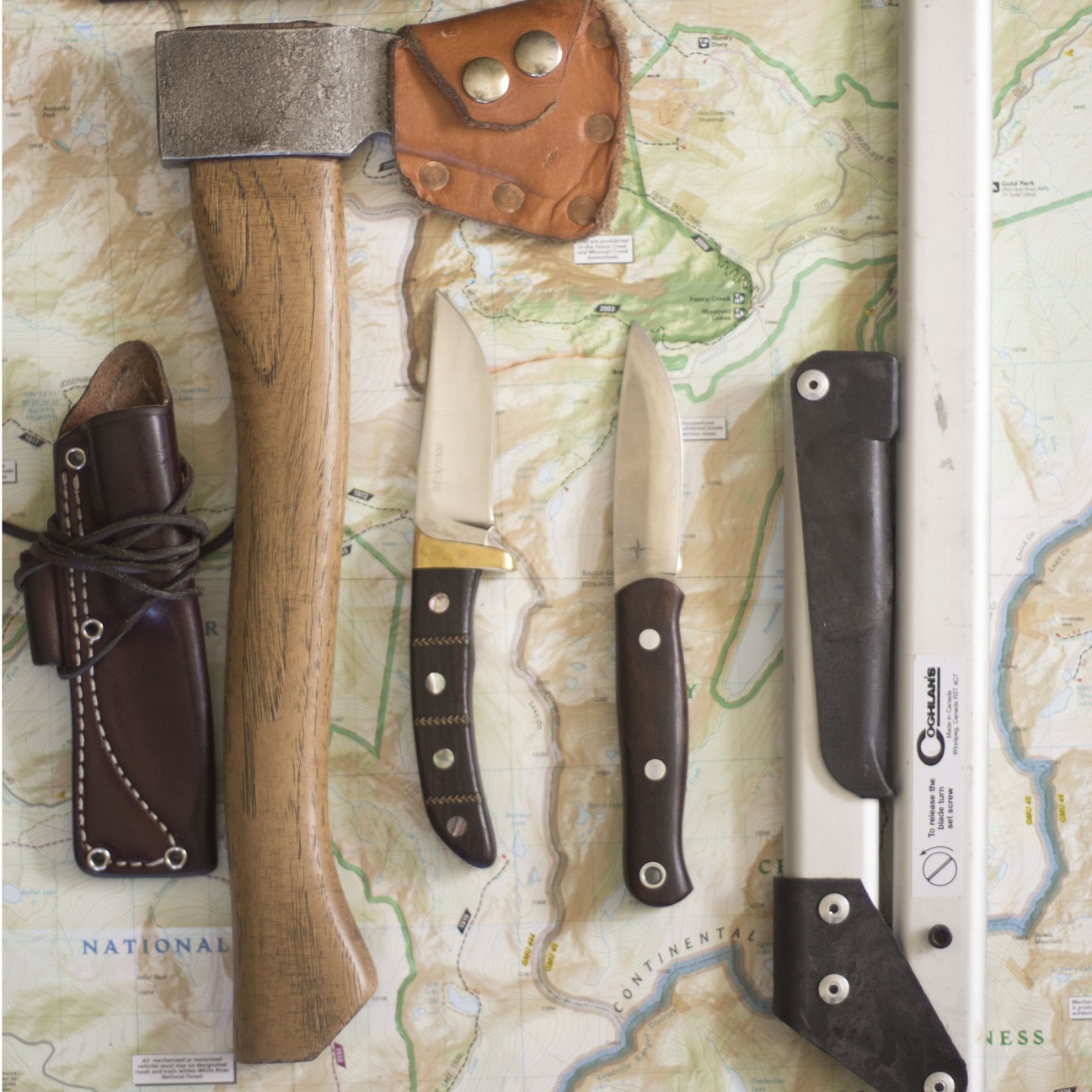If you are reading this post it is because you are interested in survival in the Kalahari desert. I found myself searching Google for this very thing as I prepared to go survive naked in the Kalahari on the TV show Naked and Afraid. There was little good, well-researched information for an adventurer other than limited snippets on TV and the internet. I will try to share with you all the things I wish I knew then.
The San people of the Kalahari often went out hunting and foraging far away from water sources such as watering holes or shallow wells. They would cache ostrich eggs and when all of these sources were unavailable they utilized certain tubers.
The plant in this video is called Bi, or Goeh(pronounced gweh), or Raphionacme burkei.
This was the first plant that they taught me about in my three weeks at Nhoma village.
In the dry season, when there is little surface water and when it is most needed, the tuber is incredibly difficult to find as only a bare, dried stalk remains above ground. The Bushmen described that they can only identify the Bi by its size and how the leaves once attached to that withered stalk. Unfortunately, I did not have an opportunity to practice this skill first hand.
Here’s how to find it in the wet season (a much easier task).
Look for a 6-12 inch stem sticking out from the sand. The leaves are up to 2 inches long, obovate or lance shaped with a tiny point at the tips. They are opposite decussate in formation on the stem.
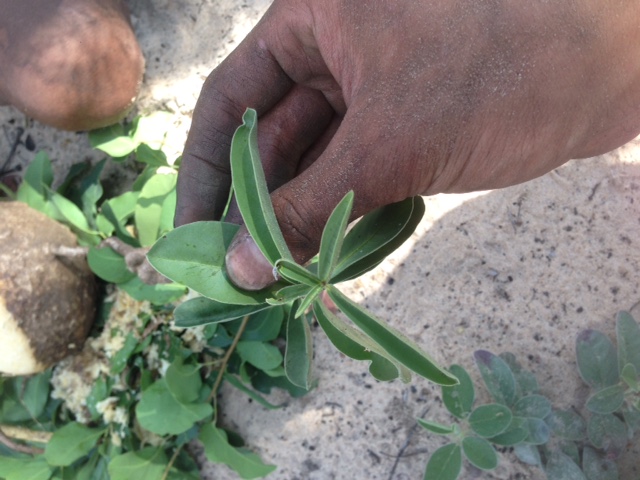
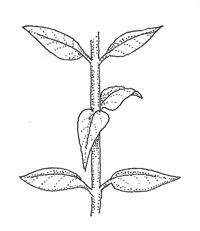
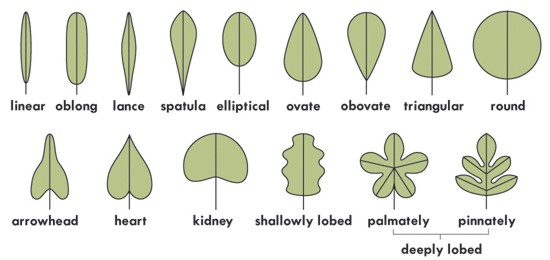
The leaves appear slightly matte, waxy gray and they are slightly folded and curved.
Once these features are identified the Bushmen dig at it with their hands and a digging stick pulling out the grapefruit to cantaloupe sized spherical tuber. They dust it off with quick slaps of the hands.
A bed of clean leaves from a nearby tree is gathered to create a preparation mat to guard the tuber and its shavings from the sand. A stick is taken from the ground or green of a shrub and one side is shaved flat to an edge. Then, with two hands, they scrape the mush into a pile while holding the tuber between the knees, kneeling. A fist full is scooped up and the hunters wash their hands or bodies with it like a wash cloth. The soiled pulp is discarded.
Once their hands are clean they shave off another fist full and ball it in one fist. Above their mouths, they squeeze the pulp pointing the thumb into the mouth to guide the milky liquid. It is bitter and plant-tasting, but satisfies the thirst.
Carrying the tuber back to the village, they use more of the freshly squeezed liquid to thin out the poison for their arrows. This will be covered later.
In her books, Elizabeth Marshall Thomas mentions that the pulp is used to wash the body and for drink. Additionally, on incredibly hot days, the squeezed pulp is laid out in a little grave-like trench, presumably over a larger bed of clean fresh tree boughs, in the shade. The pulp is urinated on and it soaks up the pee. The Bushmen then took naps on the cool bed in the midday heat.
Below I’ve listed some of the amazing books I read that introduced me to the Bushmen and their way of life before visiting. They are an important resource in beginning to understand the hunter-gatherer way of life in Namibia.
Thomas, Elizabeth Marshall. The Harmless People. New York: Vintage, 1965. Print.
Stay tuned, there is more to come!
-Don

